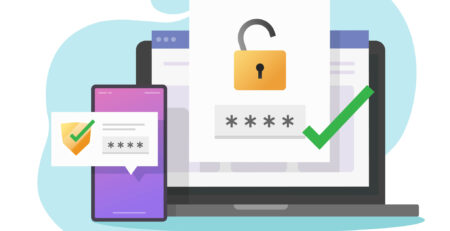Best Practices for Conducting IT Risk Assessments
In today’s digital age, small businesses face numerous IT risks that can disrupt operations, compromise sensitive data, and damage reputations. Conducting regular IT risk assessments is crucial for identifying vulnerabilities and implementing measures to mitigate potential threats. Here are some best practices for conducting effective IT risk assessments:
1. Define the Scope and Objectives
Before starting an IT risk assessment, it’s essential to define the scope and objectives. Determine which systems, processes, and data will be assessed. Clearly outline the goals of the assessment, such as identifying vulnerabilities, evaluating the impact of potential threats, and prioritizing risks based on their severity.
2. Identify Assets and Resources
Create an inventory of all IT assets and resources, including hardware, software, data, and network components. This inventory should also include information about the location, ownership, and criticality of each asset. Understanding what assets you have and their importance to your business operations is the first step in identifying potential risks.
3. Identify Threats and Vulnerabilities
Identify potential threats that could exploit vulnerabilities in your IT environment. Threats can come from various sources, including cyberattacks, natural disasters, human error, and hardware failures. Use threat intelligence sources, such as industry reports and security advisories, to stay informed about emerging threats.
4. Assess the Impact and Likelihood of Risks
Evaluate the potential impact and likelihood of each identified risk. Consider the consequences of a risk materializing, such as financial loss, data breaches, or operational downtime. Use a risk matrix to categorize risks based on their severity and likelihood, helping you prioritize which risks to address first.
5. Implement Risk Mitigation Strategies
Develop and implement strategies to mitigate identified risks. This may include technical controls, such as firewalls and encryption, as well as administrative controls, such as policies and procedures. Ensure that your risk mitigation strategies are aligned with your business objectives and compliance requirements.
6. Regularly Review and Update Assessments
IT risk assessments should not be a one-time activity. Regularly review and update your assessments to account for changes in your IT environment, emerging threats, and evolving business needs. Schedule periodic assessments and incorporate them into your overall IT governance framework.
7. Engage Stakeholders
Involve key stakeholders in the risk assessment process, including IT staff, management, and end-users. Their input and feedback can provide valuable insights into potential risks and help ensure that risk mitigation strategies are practical and effective. Foster a culture of security awareness and encourage open communication about IT risks.
8. Document and Report Findings
Thoroughly document the findings of your IT risk assessment, including identified risks, their potential impact, and the mitigation strategies implemented. Create comprehensive reports that can be shared with stakeholders and used to track progress over time. Clear documentation helps demonstrate due diligence and supports compliance efforts.
9. Leverage Automated Tools
Consider using automated tools and software to streamline the risk assessment process. These tools can help identify vulnerabilities, assess risks, and generate reports more efficiently. However, it’s important to complement automated tools with human expertise to ensure a comprehensive assessment.
10. Conduct Training and Awareness Programs
Educate your employees about IT risks and the importance of following security best practices. Conduct regular training sessions and awareness programs to keep staff informed about the latest threats and how to respond to them. A well-informed workforce is a critical component of an effective risk management strategy.
Conclusion
Conducting IT risk assessments is a vital practice for small businesses to protect their IT infrastructure and data. By following these best practices, you can identify and mitigate potential risks, ensuring the security and resilience of your business operations. Regular assessments, stakeholder engagement, and continuous improvement are key to maintaining a robust IT risk management program.











Leave a Reply